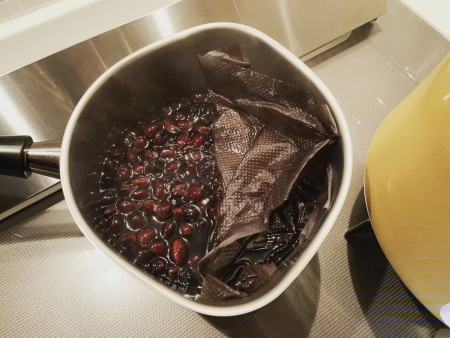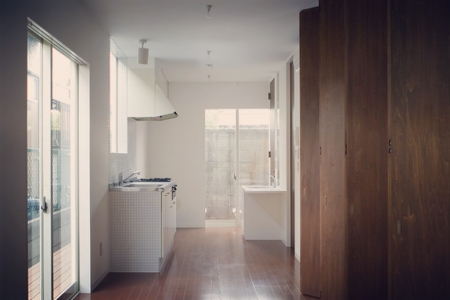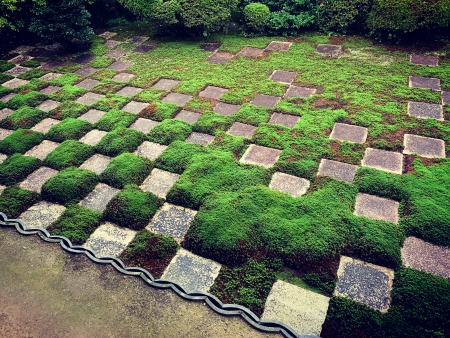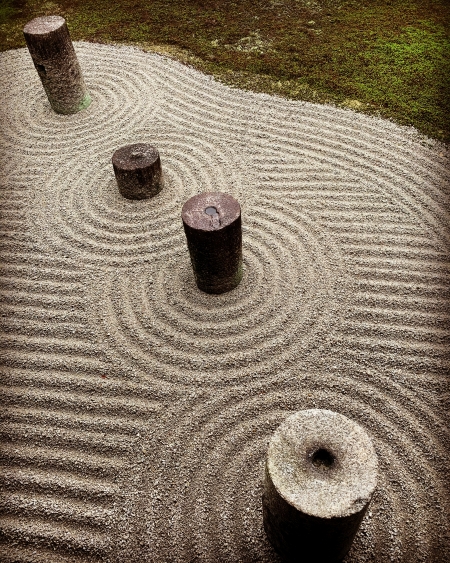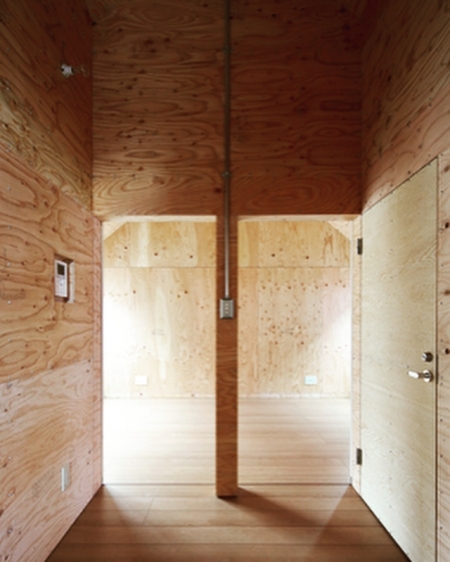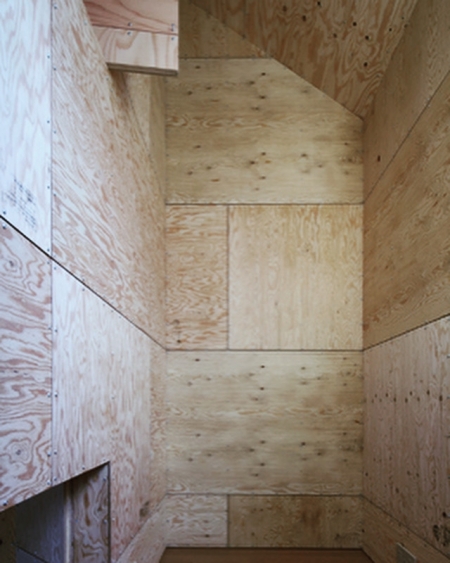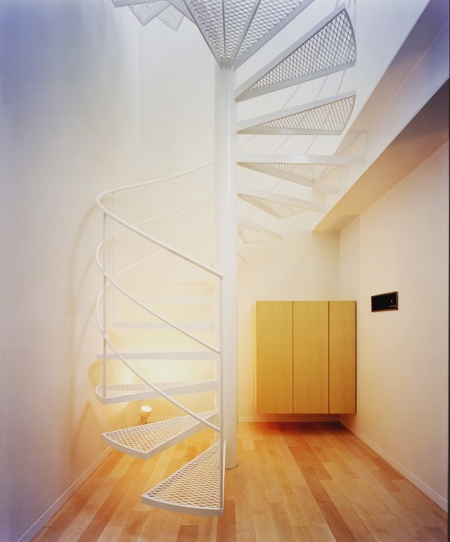黒豆を煮ながら
黒豆を煮ている。お正月が過ぎたのに、今年すでに2回目、年末に1回煮たので、今季3回目である。150gずつ少量だが、2種類の丹波の黒豆を、新豆と古豆を使い分けて味比べ、そもそも豆を煮るのが好きで、煮ている時の豆の匂いが家中に充満して、昔は窓ガラスが結露したりして、その匂いが子供の頃の記憶と結びついて、いろいろな情景が蘇る。その匂いを嗅ぎたくて、豆を煮ている雰囲気を味わいたくて、キッチンで仕事をしているくらいだ。そして、もっと好きなのが、豆を戻すこと。鍋に水をはり、豆を入れて、一晩以上かけて戻すのだが、翌朝、鍋の蓋を開けるのが楽しみでしょうがない。毎回、豆の増え方に驚いて感心する。とにかく時間がかかる。他の人は知らないが、黒豆を煮るのに2日をかける。1日かけて戻し、3〜4時間煮て、1日おく。豆を煮るのにもっと簡単なやり方があるのは知っているが、圧力鍋やポットを使う方法など、それでは満たされない、豆を煮たい気持ちが、大豆ならば水煮がスーパーで売られているから、そのまま煮る必要がなく使えるし、煮豆だってわざわざを作らなくても、かえって自前でつくった方が少量だったらコストがかかるし、味だって、自分好みに調整はできるが、素人がつくる訳だから商品より美味しいということはない。ただ、つくりたくて、できた黒豆は自分だけの愛しい黒い宝石のように輝いて見える。
全く同じことである。自分だけの空間になる、それも、つくりたい気分のような単純な動機で、自分が反映された空間や建築になる、水煮の大豆や市販の煮豆のような空間や建築に自分を合わせるのではなくて、自分好みの黒豆をつくるように空間や建築に仕立てる、それを日常の中で行う、今、スケッチしながら、黒豆を煮ながら、その仕組みを考えているところ。
"While boiling black beans"
Boiled black beans. This is the third time this season since the new year has passed, but it has been boiled for the second time this year and once at the end of the year. It is a small amount of 150 g each, but I compare the taste of two types of Tamba black beans, using new beans and old beans, I like to boil beans in the first place, the smell of beans when boiling is filled in the house, The dew condensation on the window glass and the smell of the window are linked to the memories of childhood, and various scenes are revived. I want to smell the smell, taste the atmosphere of boiling beans, and work in the kitchen. And my favorite thing is to return the beans. Fill the pot with water, add the beans, and let it return over more than one night. The next morning, I'm not looking forward to opening the pot lid. Every time, I am amazed and impressed at how beans increase. It takes time anyway. Others don't know, but take two days to boil black beans. Return over 1 day, boil for 3-4 hours, leave for 1 day. I know there are easier ways to boil beans, but the pressure cooker and pot methods are not enough, so if you want to boil beans, soybeans have boiled water sold at supermarkets Therefore, you can use it without having to boil it as it is, even if you do not make boiled beans, it will cost more if you make a small amount on your own, and you can adjust the taste as you like, but it can be adjusted to your liking, but it is made by an amateur Nothing is better than a product. However, I want to make it and the resulting black beans look like my own beloved black jewel.
Exactly the same. Become a space of your own, with a simple motivation to feel like creating a space or architecture that reflects you, or adapt yourself to a space or architecture like boiled soybeans or commercially available boiled beans Instead of creating black beans that you like, you make it into space and architecture, do it in your daily life, and now you are thinking about the mechanism while sketching and boiling black beans.

